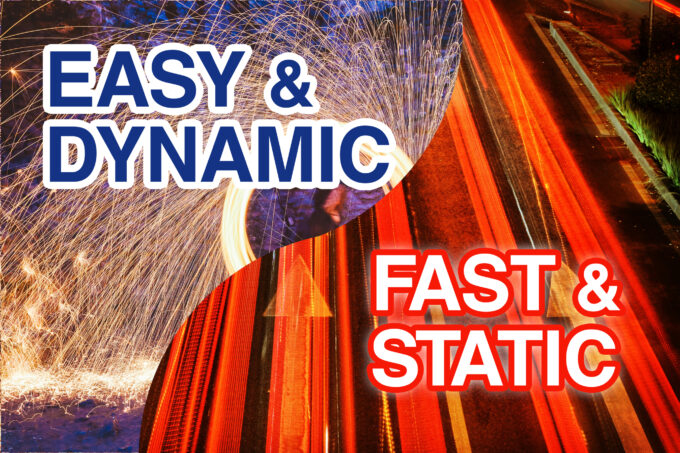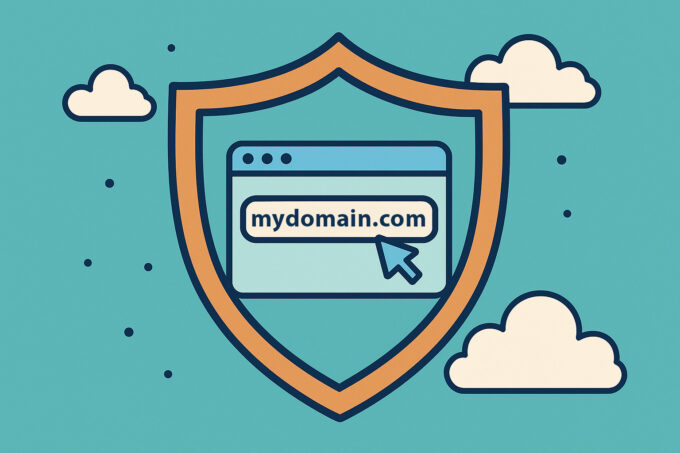Choosing between a static website and a dynamic content management system (CMS) can be a daunting task. Each approach has its own set of advantages and disadvantages, catering to different needs and preferences. In this blog post, we’ll delve into the meaning of static websites and dynamic CMS, compare their pros and cons in detail, and explore when each option shines.
Understanding Static Websites
Static websites are essentially web pages that are delivered to the user exactly as stored, with fixed content and layout. These sites are typically built using HTML, CSS, and JavaScript, and the content doesn’t change unless the developer manually updates it. Here are some pros and cons of static websites:
[thumb_up] [thumb_up] [thumb_up] Pros:
- Performance: Static websites are incredibly fast because they are pre-rendered and served directly to the user’s browser. There’s no need to query a database or generate content dynamically, resulting in quicker load times.
- Security: Since there’s no database or CMS to exploit, static websites are inherently more secure. They are less susceptible to common vulnerabilities like SQL injection attacks or cross-site scripting (XSS).
- Economical: Static websites are cost-effective, especially for small-scale operations or landing pages. They don’t require server-side processing or complex infrastructure, making them a budget-friendly option.
[thumb_down] [thumb_down] Cons:
- Limited Interactivity: Static websites lack dynamic features such as user authentication, personalized content, or real-time updates. They are more suited for displaying static information rather than interactive experiences.
- Content Management: Updating content on a static website often involves manual editing of HTML files, which can be cumbersome and time-consuming, especially for larger sites with frequent updates.
Exploring Dynamic CMS
On the other hand, dynamic CMS platforms like WordPress, Joomla, or Drupal offer a more flexible and interactive approach to web development. These systems use databases to store content and generate web pages dynamically, allowing for easy content management and customization. Built-in blog in a good CMS is yet another plus in favor of using CMS. Here are the pros and cons:
[thumb_up] [thumb_up] [thumb_up] Pros:
- Dynamic Content: CMS platforms enable users to update content on the fly through user-friendly interfaces. Content editors can easily add, edit, or delete pages, posts, and media without any knowledge of coding.
- Customization: CMS platforms offer a wide range of themes, plugins, and extensions that allow for extensive customization. Users can tailor their websites to meet specific design and functionality requirements without the need for advanced programming skills.
- Scalability: Dynamic CMS platforms are highly scalable and can accommodate growing websites with ease. They can handle large volumes of content and traffic without compromising performance.
[thumb_down] [thumb_down] [thumb_down] Cons:
- Performance Overhead: Dynamic CMS platforms often require server-side processing and database queries, which can result in slower page load times compared to static websites, especially on resource-constrained servers.
- Security Risks: CMS platforms are more prone to security vulnerabilities due to their complex architecture and reliance on third-party plugins and extensions. Regular updates and security patches are essential to mitigate these risks.
- Cost: While many CMS platforms are free to use, the cost of hosting, premium themes, and plugins can add up over time, especially for large-scale websites with advanced features.
- Maintenance: Although expected but worth mentioning, that CMS like any system will require a bit more attention and maintenance.
The Hybrid Websites
Dynamic Websites served as Static Content
There are hybrids and websites that take advantages from both worlds. They use compilation software to convert dynamic CMS pages into static. This setup takes additional setup and can be utilized by larger enterprise websites for security purposes and in order to implement an additional quality assurance step in the publication process.
Static sites with Dynamic Content
Static websites can indeed utilize dynamic content via APIs and embedded dynamic content from third party websites. Great examples of embedded content is a YouTube or Vimeo videos or JavaScript widgets from social networks. They can feature dynamic content all while the page itself is static HTML.
The Choice is Yours to Make
Both static websites and dynamic CMS have their own strengths and weaknesses, and the choice between them depends on factors such as project requirements, budget, and technical expertise. Static websites excel in terms of performance and security, making them ideal for simple informational sites or landing pages. On the other hand, dynamic CMS platforms offer greater flexibility and ease of content management, making them suitable for more complex websites with frequent updates and interactive features. Read about pros and cons of both in another article.
Ultimately, whether you opt for a static website or a dynamic CMS, it’s essential to weigh the pros and cons carefully and choose the approach that best aligns with your goals and resources. Don’t be afraid to embrace either option – each has its place in the modern web development, and with the right approach, both can help you create a successful online presence.



